Science of Thought Engineering (STE)
The Setting
 Thought is an idea or opinion being occurred in the mind. The human brain is composed of about 100 billion nerve cells (neurons) interconnected by trillions of connections, called synapses. On average, each connection transmits about one signal per second. Some specialized connections send up to 1,000 signals per second. Somehow these transmissions produce thoughts in mind say Charles Jennings, Director of Neurotechnology at the MIT McGovern Institute for Brain Research. It is interesting to uncover what really occurs in the minds of people. It is learnt that current thought patterns create current feelings that drive one’s actions. It begins with thoughts. Depending on what an individual thinks, he or she feels a sort of emotion and it gives rise to a certain action. The actions lead to shape the form of physical reality. The TDF model (see figure-01) is to induce thinking deliberately and creating thoughts on a specific purpose so one can manage his or her emotions, actions, and the results in life in a better way. Developing thinking skills leads to make great thinkers who in turn produce great ideas.
Thought is an idea or opinion being occurred in the mind. The human brain is composed of about 100 billion nerve cells (neurons) interconnected by trillions of connections, called synapses. On average, each connection transmits about one signal per second. Some specialized connections send up to 1,000 signals per second. Somehow these transmissions produce thoughts in mind say Charles Jennings, Director of Neurotechnology at the MIT McGovern Institute for Brain Research. It is interesting to uncover what really occurs in the minds of people. It is learnt that current thought patterns create current feelings that drive one’s actions. It begins with thoughts. Depending on what an individual thinks, he or she feels a sort of emotion and it gives rise to a certain action. The actions lead to shape the form of physical reality. The TDF model (see figure-01) is to induce thinking deliberately and creating thoughts on a specific purpose so one can manage his or her emotions, actions, and the results in life in a better way. Developing thinking skills leads to make great thinkers who in turn produce great ideas.
Science of Thought Engineering
Thought Engineering (TE) helps individuals to redesign their own thinking patterns in the minds to maximize their creative skills. Real life thought engineering is in many ways different from educational (physical) engineering because it deals with the thinking process of brains. However most of the scientists have learnt and believe that reengineering the thought process can change the level of human productivity. TDF model helps learners to understand the process of thinking and create productive thoughts to maximize their future potentials.
Thinking is a reasoning activity that an individual uses to process information, solve problems, make decisions, and to create new ideas. People make use of thinking skills when they make an effort to organize information, make connections among variables, ask questions, answer questions, make plans and to take decisions.
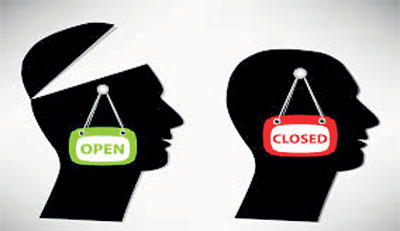
Thinking is uncomfortable and stressful. Hence, many a persons would like to work in areas where no thinking is necessary.
However, in modern business world, all operations where no thinking skills are necessary have been automated or replaced by machines. Hence, thinkers in the industry have become flyers (well paid managers) while others being replaced by machines. Or led to the position of jobless, in the future.
Types of Thinking
From a psycho-educational perspective, there is a multitude of types of thinking, each depending on nature of learner, the task, the purpose and the development al level of the thinker. (Barbara Dautrich, American Intenratinal Colledge-1990) TDF model focuses on two major types of thinking; namely the logical and lateral thinking.
Logical (Vertical) Thinking
One of the most basic characteristics of science is that scientists assume that the universe that we live in follows predictable rules (Kevin & Jonathan, 2004). Two common types of reasoning strategies are inductive and deductive reasoning. Reasoning is defined as the act or art of exercising the faculty of reason. In general, learners apply both strategies at the same time to create new knowledge.
a) Inductive Method
In the case of inductive reasoning, a scientist may observe a series of events and try to discover a rule that governs them. Once the rule is found, scientists can extrapolate from the rule to formulate theories. First observe the situation and then generalize the findings to make a model or theory. Inductive reasoning proceeds in such a way that, firstly voice of customer is researched and the vital rules (specific pattern of voices) that govern the demand for a product are found out and then the product is designed based on the rules that govern the demand.
b) Deductive Method
Deductive reasoning is an extremely important aspect of scientific thinking because it underlies a large component of how scientists conduct their researches. By looking at many scientific discoveries, we can often see that deductive reasoning is at work. All deductive reasoning statements contain information or rules that state an assumption about how the world works, and a conclusion that would necessarily follow from the rule. This method helps learners to break theory or model in to assumptions (hypotheses) and to observe and reach the final conclusion. For example, new product is broken in to pieces and observes how it is made-up to conclude on the best product attributes.
Lateral (Creative) Thinking
Lateral thinking is a phrase coined by Dr. Edward de Bono as a counterpoint to conventional or vertical thinking. In conventional thinking, it moves in a predictable, direct fashion. Lateral thinking involves coining the problem from new directions- literally from the side. Dr. Edward de Bono originated the concept of Lateral Thinking, defining it as a means whereby the brain steps outside the normal barriers of logic, custom and culture, complimenting the use of logical (vertical) thinking. Lateral Thinking can be used to break down the barriers in the mind and for random juxtaposition, which brings into a discussion of a new set of ideas. Lateral thinking increases a number of ideas being generated for a given problem from jumping one space to another so that it leads to create a number of alternative solutions. For example, gemming in one location (vertical thinking) limits chances of finding gems than that by digging in different locations (Lateral thinking) in potential areas where gems are available. Georges Braque once said, “Truth exists; only lies are invented”. Therefore, it’s Thinkers responsibility that they are engaged in the process of searching truth in the universe and to bring in creative ideas to life with a virtuous purpose of making a better world for people to live in.

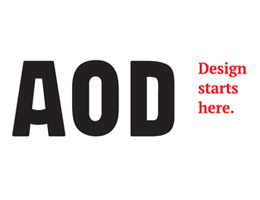
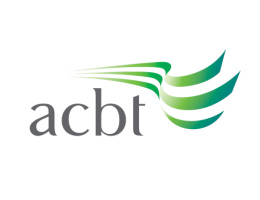


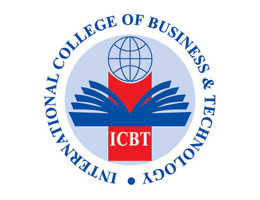

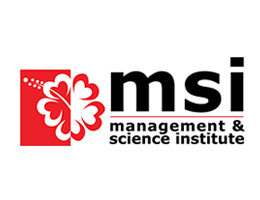

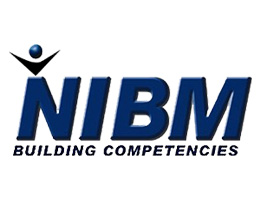






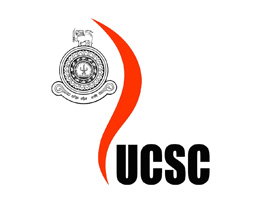








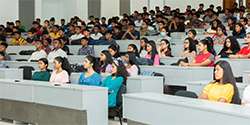
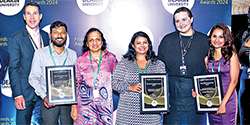
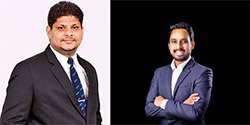
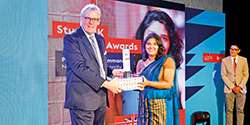
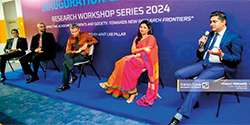
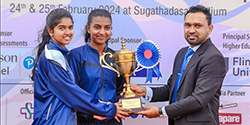




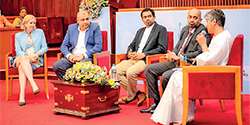
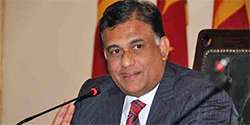



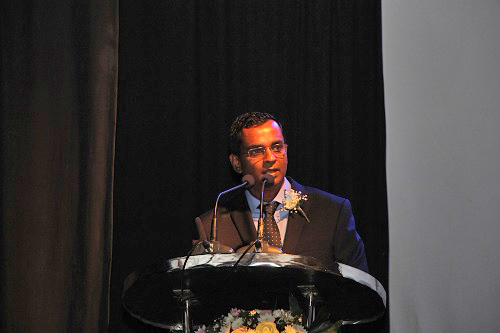

.jpg)

.jpg)
.jpg)
.jpg)
.jpg)
